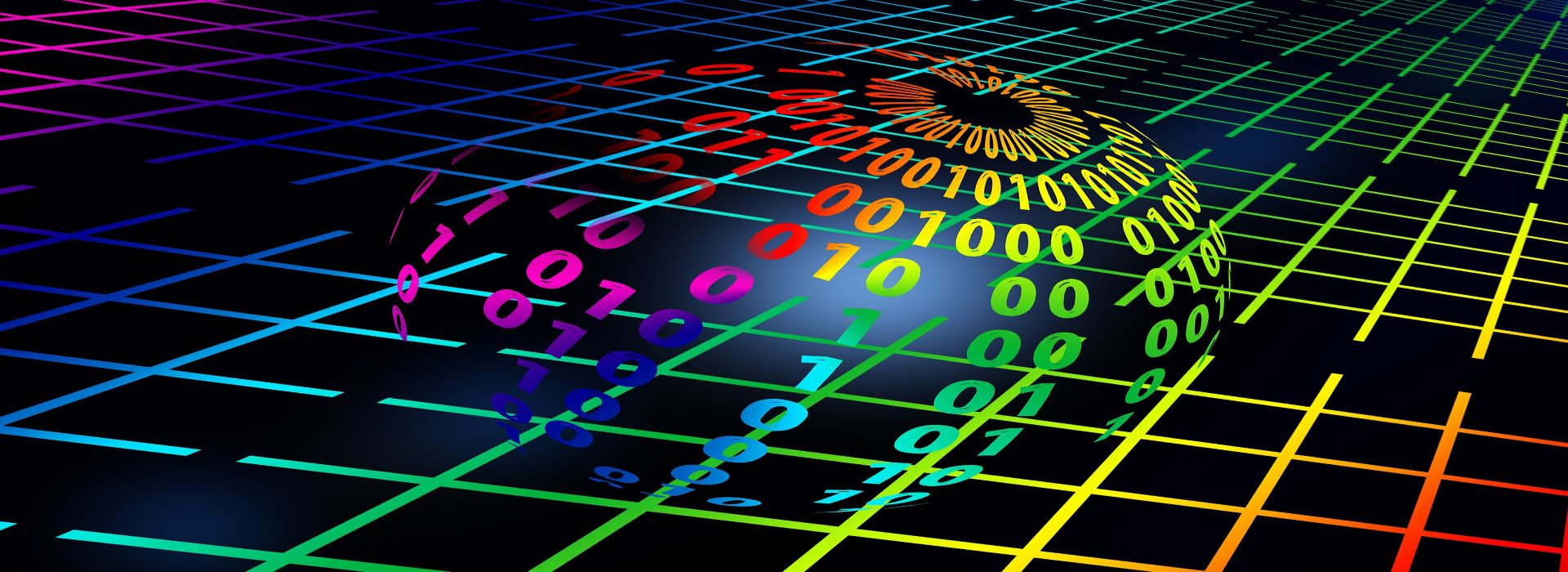
Introduction
In the modern business landscape, the ability to make data-driven decisions is paramount.
One area where this is particularly evident is in category management, a retailing and purchasing concept where the range of products purchased by a business or sold by a retailer is broken down into discrete groups of similar or related products, known as ‘categories’.
The advent of big data has revolutionized category management, providing unprecedented insights into consumer behavior and market trends.
This essay explores the relationship between category management and big data, and how the latter is shaping the future of the former.
The Role of Big Data in Category Management
Big data refers to the vast volumes of structured and unstructured data that businesses generate every day.
When harnessed effectively, big data can provide valuable insights that drive strategic decision-making.
In the context of category management, big data can be used to analyze sales patterns, customer behavior, and market trends, all of which are crucial for effective category management.
For instance, big data analytics can reveal which products within a category are the best sellers, which ones are lagging, and how these products are interconnected.
This information can help category managers make informed decisions about product assortment, pricing, and promotions, thereby maximizing profitability and customer satisfaction.
Big data can also provide insights into customer behavior.
By analyzing transaction data, social media data, and online browsing data, businesses can gain a deep understanding of their customers’ purchasing habits, preferences, and needs.
This can inform category management strategies, enabling businesses to tailor their product offerings to meet customer demand.
The Future of Category Management and Big Data
As technology continues to evolve, the relationship between category management and big data is set to become even more intertwined.
Advanced analytics and machine learning algorithms are making it possible to process and analyze big data more accurately and efficiently than ever before.
This will enable even more precise category management, with strategies being fine-tuned in real-time based on the latest data.
Moreover, the rise of the Internet of Things (IoT) is set to take category management to new heights.
IoT devices can generate real-time data on product usage and customer behavior, providing category managers with a wealth of information to inform their strategies.
Big data is playing an increasingly important role in category management.
By providing deep insights into sales patterns, customer behavior, and market trends, big data allows businesses to make informed decisions that drive profitability and customer satisfaction.
As technology continues to advance, the relationship between category management and big data is set to become even more significant, heralding a new era of data-driven category management.
The Internet of Things (IoT) has been a transformative force across various sectors, and retail is no exception.
Category management, is one area where IoT is making significant inroads.
This essay explores the intersection of IoT and category management, highlighting how IoT technologies are reshaping category management strategies and driving a new era of retail innovation.
The IoT Revolution in Retail
IoT refers to the network of physical objects embedded with sensors, software, and other technologies to connect and exchange data with other devices and systems over the internet.
In the retail sector, IoT technologies are being deployed to enhance various aspects of the retail experience, from supply chain management to customer service.
Category Management and IoT
Category management is a retail strategy that involves managing product categories as business units and customizing them to satisfy customer needs.
It involves a wide range of activities, including product placement, pricing, and promotion.
IoT technologies are increasingly being integrated into category management strategies to enhance efficiency, improve customer satisfaction, and drive sales.
IoT in Action: Enhancing Category Management
IoT technologies can provide real-time data and insights that can significantly enhance category management.
For instance, smart shelves equipped with weight sensors can alert store managers when stock levels are low.
This real-time inventory management can help retailers maintain optimal stock levels, reduce out-of-stock scenarios, and improve customer satisfaction.
Moreover, IoT devices like RFID tags can provide valuable insights into product performance within a category.
By tracking the movement of products within a store, retailers can gain insights into customer behavior and preferences, which can inform category management decisions.
For instance, if a particular product within a category is frequently picked up but rarely purchased, retailers might decide to adjust the product’s placement or pricing.
IoT can also enhance category management through personalized marketing.
For instance, beacon technology can be used to send personalized promotions to customers’ smartphones when they are near certain product categories.
This can drive sales within those categories and enhance the overall customer experience.
The intersection of IoT and category management is driving a new era of retail innovation.
By providing real-time data and insights, IoT technologies are enabling retailers to enhance their category management strategies, improve customer satisfaction, and drive sales.
As IoT technologies continue to evolve, their impact on category management and the broader retail sector is likely to grow, ushering in new opportunities and challenges for retailers.



















